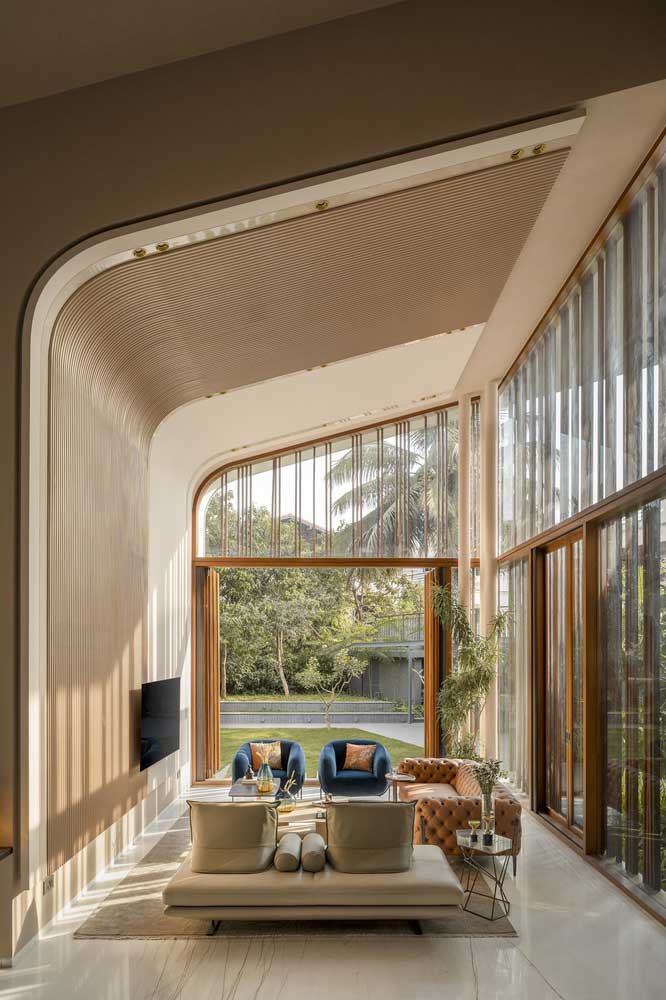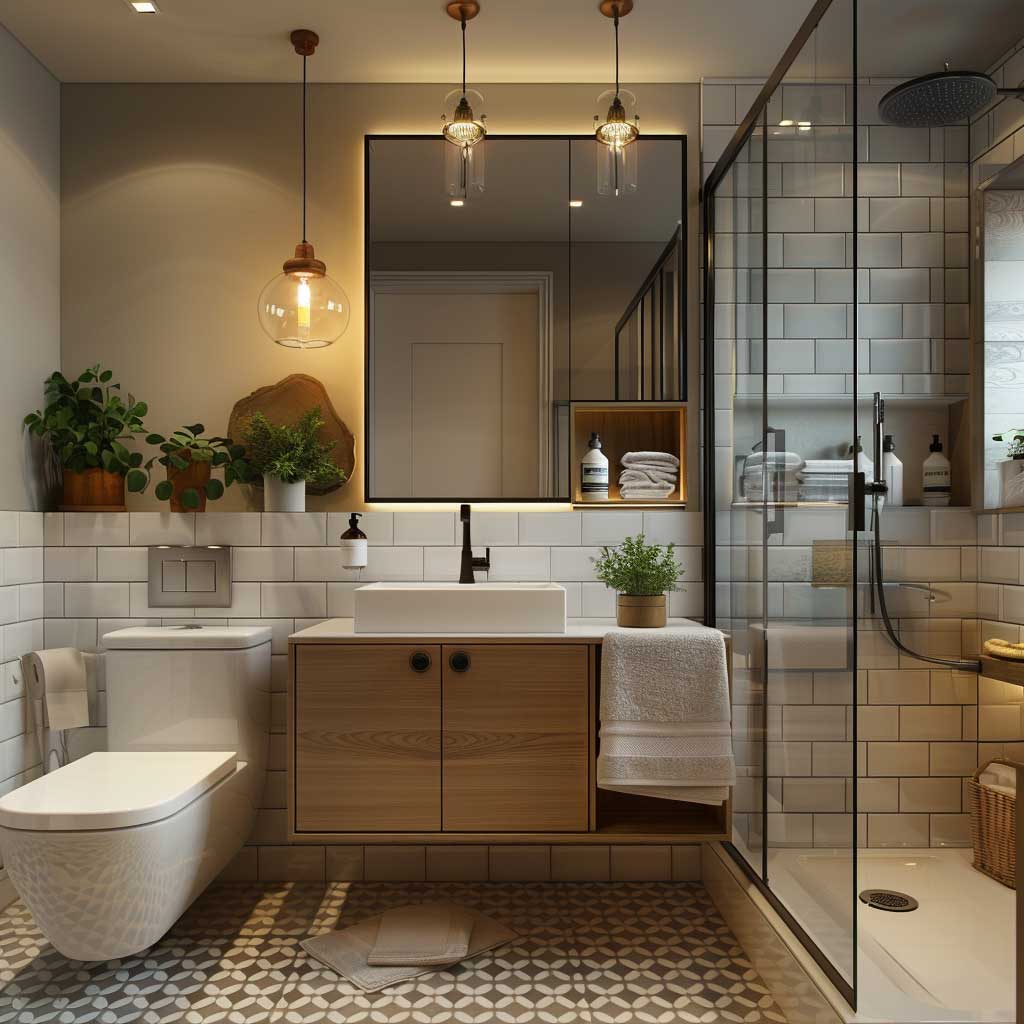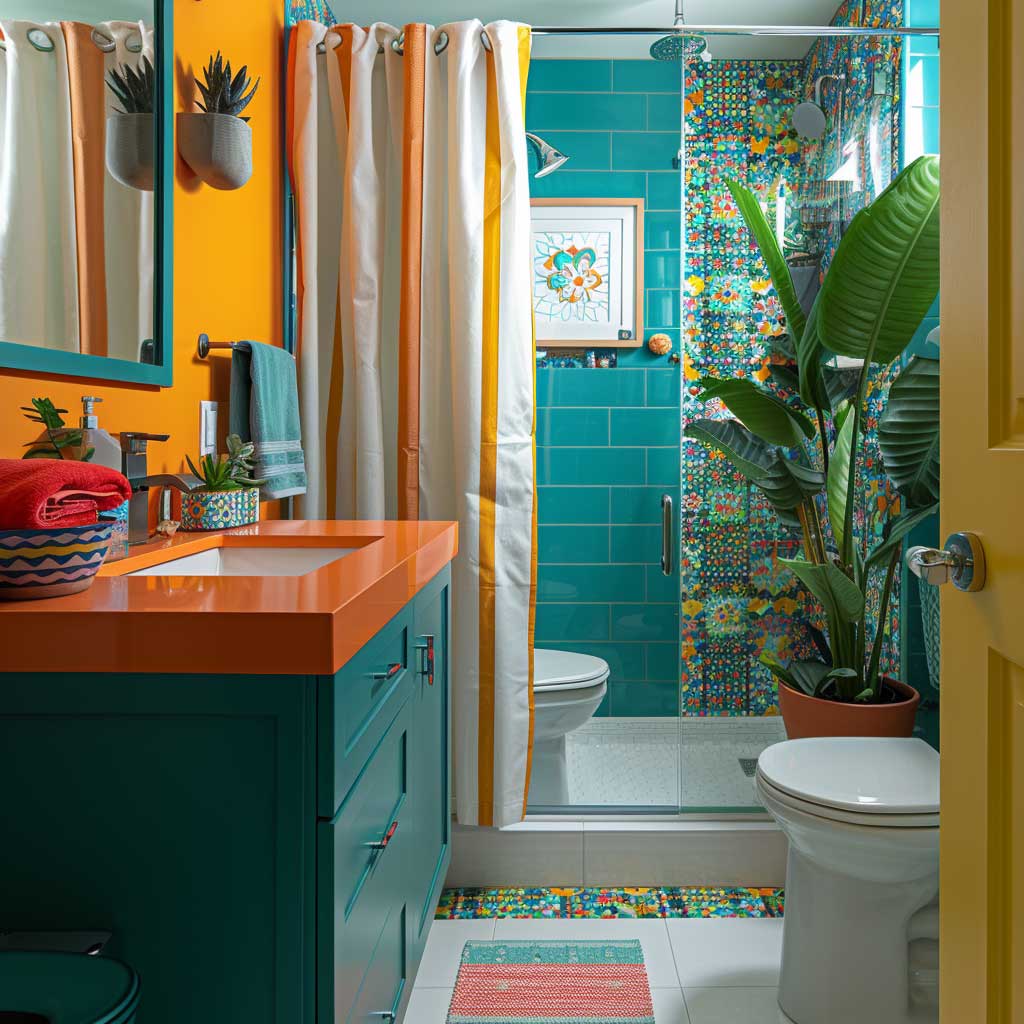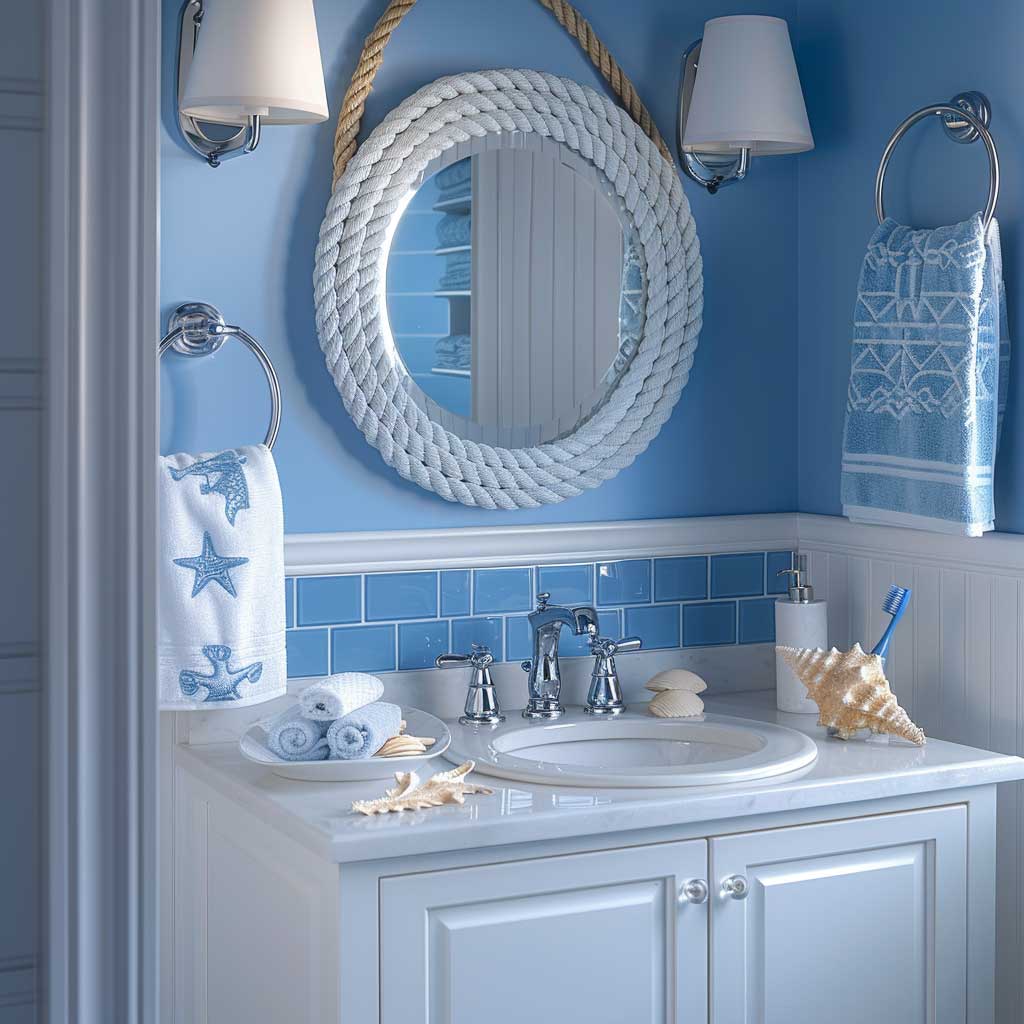In the realm of architecture, few styles match the refreshing simplicity and vibrant character of contemporary designs. When you’re planning a modern home, the unique aesthetic of contemporary architecture could be the perfect canvas upon which to express your style and creativity. It is a dynamic blend of functional design and artistic vision, resulting in structures that are as efficient as they are beautiful.




Embracing the Simplicity of Contemporary Architecture
The beauty of contemporary architecture often lies in its minimalist aesthetic. The saying “less is more” rings particularly true here. When planning your modern home, focus on clean lines, open spaces, and a lack of unnecessary detailing.
Introduce natural light and use raw, unadorned materials, such as exposed concrete or large glass panels. Designing with these principles in mind allows your home to blend with its surroundings and fosters a calming, serene ambiance.
Minimalist designs are not synonymous with bland or impersonal. Infuse the space with your personality by incorporating statement pieces of furniture or art. Selectively using bold colors can also bring a dash of character to your contemporary home.


Integrating Innovative Design Techniques in Your Modern Home
Contemporary architecture is not bound by traditional design norms. It encourages experimentation and innovation. Plan your modern home with a keen eye for the cutting-edge design techniques that define contemporary architecture.
Imagine a layout that promotes fluidity between indoor and outdoor spaces, blurring the line between nature and built environments. Consider the use of sustainable materials and technologies that minimize your home’s environmental footprint.
Geometric shapes and asymmetry can create visually intriguing spaces, while open floor plans encourage social interactions and create an airy, spacious feel. These modern design techniques make your home a reflection of the times, embodying the spirit of contemporary living.


The Art of Combining Function and Aesthetics
Contemporary architecture masterfully combines function with aesthetics. In planning your modern home, prioritize designs that are not just visually appealing, but also serve a practical purpose.
Consider a living room with floor-to-ceiling windows that offer stunning views and flood the room with natural light. Or a kitchen designed with sleek cabinetry that maximizes storage while maintaining a minimalist aesthetic.
Smart home technologies and energy-efficient systems also form a critical part of contemporary architecture. Integrate these into your modern home for increased convenience and to meet sustainability goals.

Cultivating Connection with Nature in Contemporary Architecture
Contemporary architecture often seeks to create a dialogue with the natural environment. Large windows, outdoor living spaces, and use of natural materials can foster a profound connection between your modern home and its surroundings.
When designing your home, contemplate including elements like courtyards, rooftop gardens, or even indoor green spaces. These elements can offer you a personal oasis and help to reduce stress.
Materials like wood, stone, and glass can be used in innovative ways to create a sense of continuity between the indoors and outdoors. Strategic placement of windows can highlight certain views and bring in abundant natural light, further deepening the connection with nature.

Aesthetic Fluidity through Open-Plan Layouts in Your Modern Home
Open-plan layouts are a hallmark of contemporary architecture, offering a sense of fluidity and spaciousness. This approach can give your modern home a dynamic, versatile, and communal feel, perfect for socializing or spending time with family.
By eschewing traditional compartmentalized floor plans, you allow one room to flow into the next, making spaces appear larger and more cohesive. From the kitchen to the living area, each zone in your home can have its own distinct function while still feeling interconnected.
Remember, though, that an open-plan design requires careful planning to ensure that each space has its own identity, and to prevent the layout from feeling too vast or impersonal. Thoughtful placement of furniture and clever use of color can help delineate different zones without the need for walls.

Embracing Technological Advances in Contemporary Architecture
The advent of new technologies has greatly influenced contemporary architecture, introducing exciting possibilities for designing your modern home. Advanced design software allows for precise planning, while innovative building technologies provide countless opportunities to experiment with form and function.
Automated systems can streamline everyday tasks, from lighting and temperature control to security and entertainment. Energy-efficient technologies, such as solar panels or geothermal heating, can reduce your home’s environmental impact and potentially save you money in the long run.
Incorporating technology doesn’t mean compromising on aesthetics. Many modern solutions are designed to be sleek and unobtrusive, seamlessly integrating into your contemporary design.


Planning a modern home using contemporary architecture opens a world of opportunities to create a living space that is uniquely you. This approach goes beyond the mere aesthetic to ensure your home is a functional, sustainable, and enjoyable place to live. As you design your contemporary home, remember to embrace simplicity, engage with nature, capitalize on open-plan layouts, and make the most of technological advancements. Your dream home is a testament to the principles of contemporary architecture, an embodiment of innovation, elegance, and adaptability.






